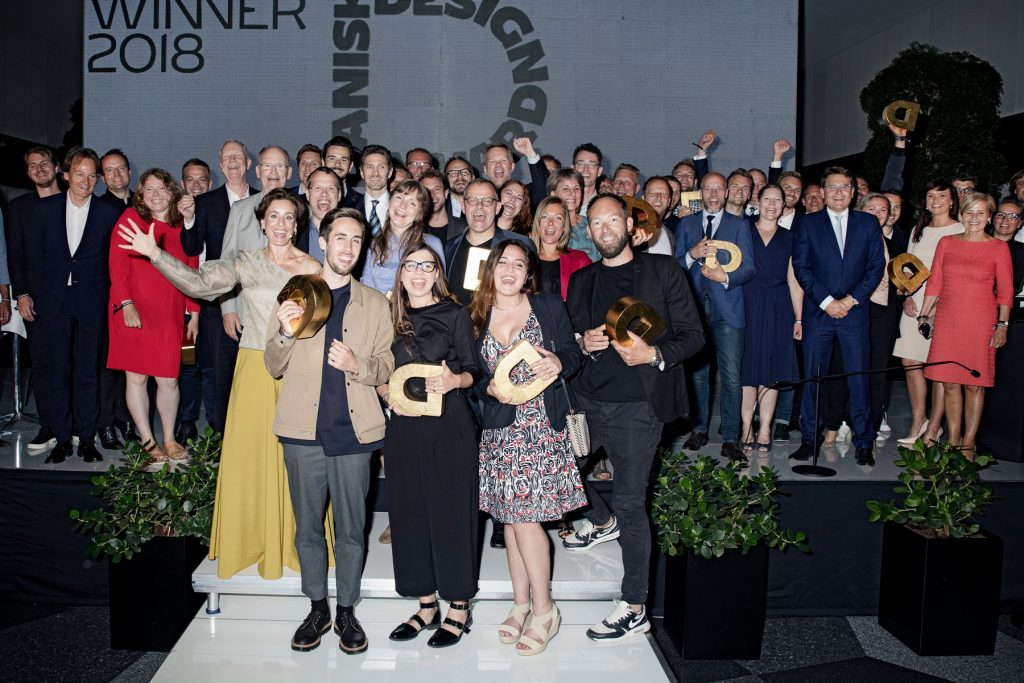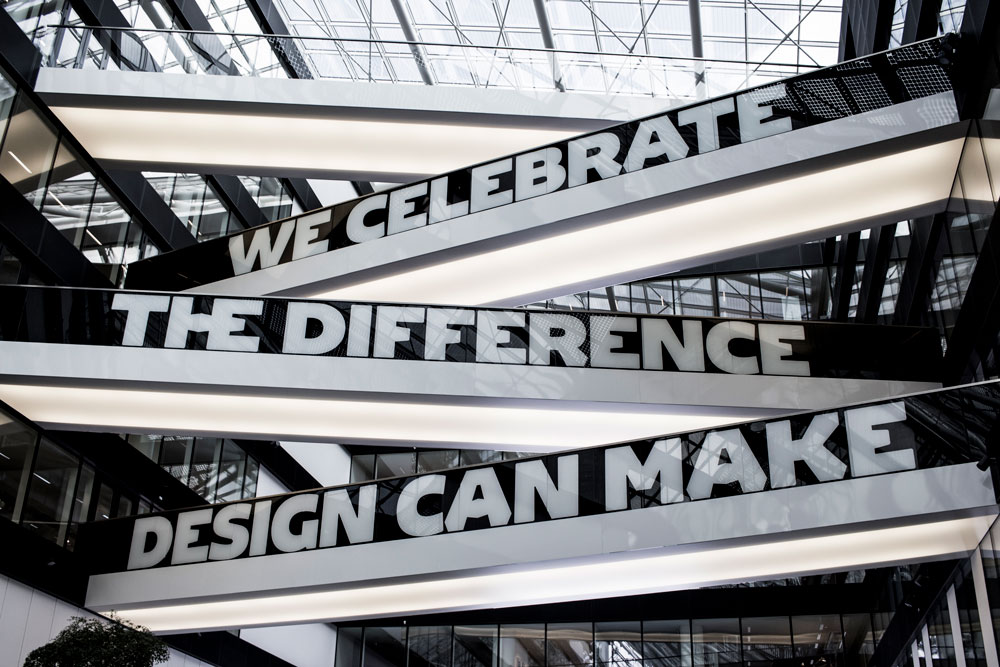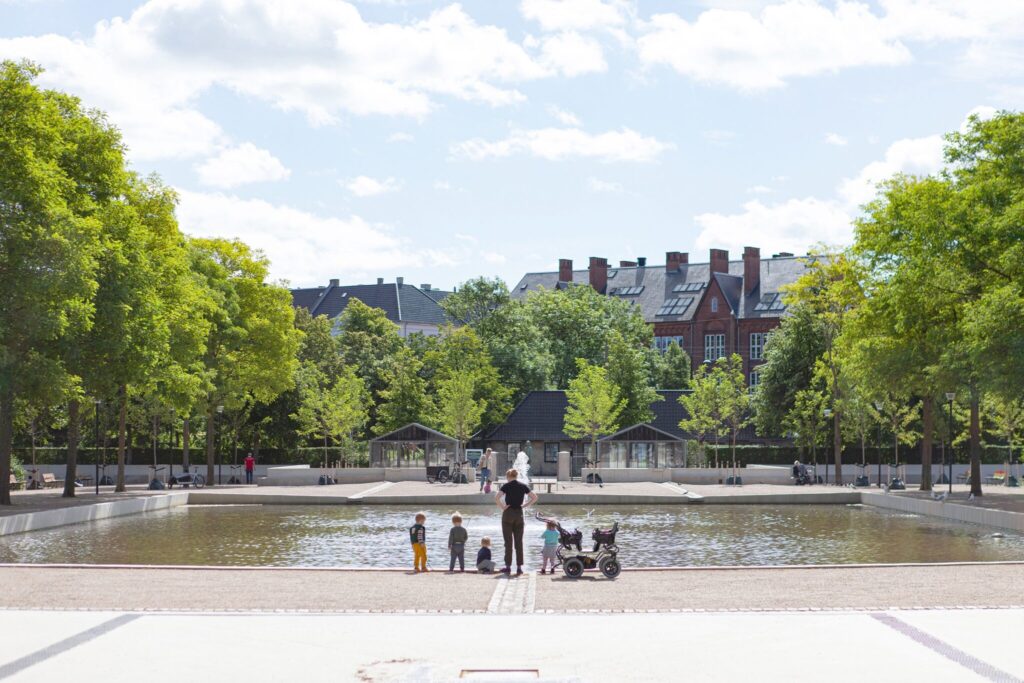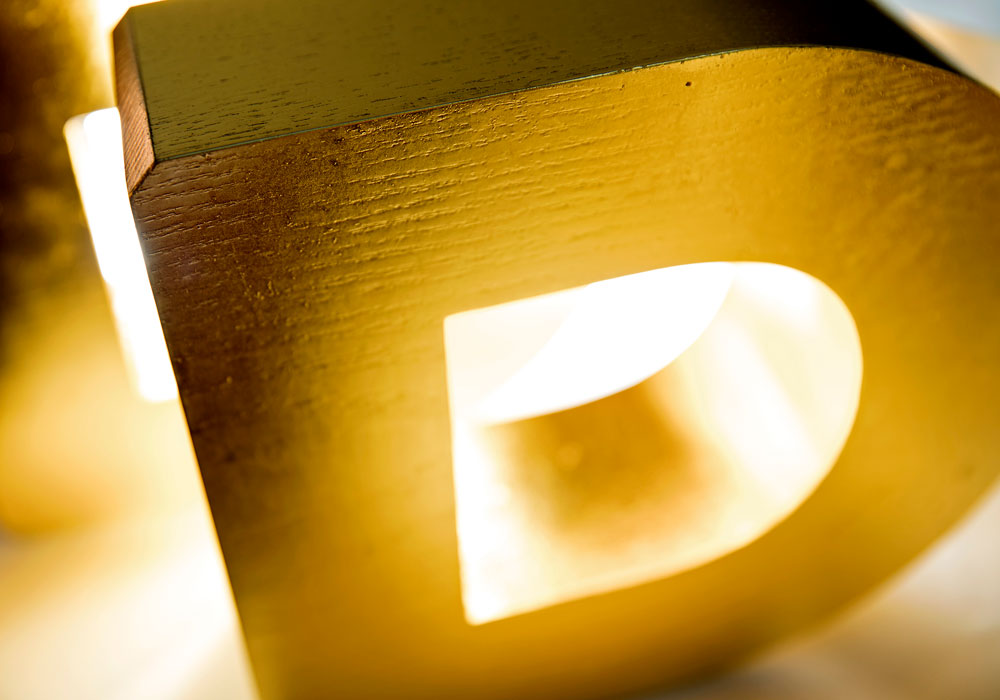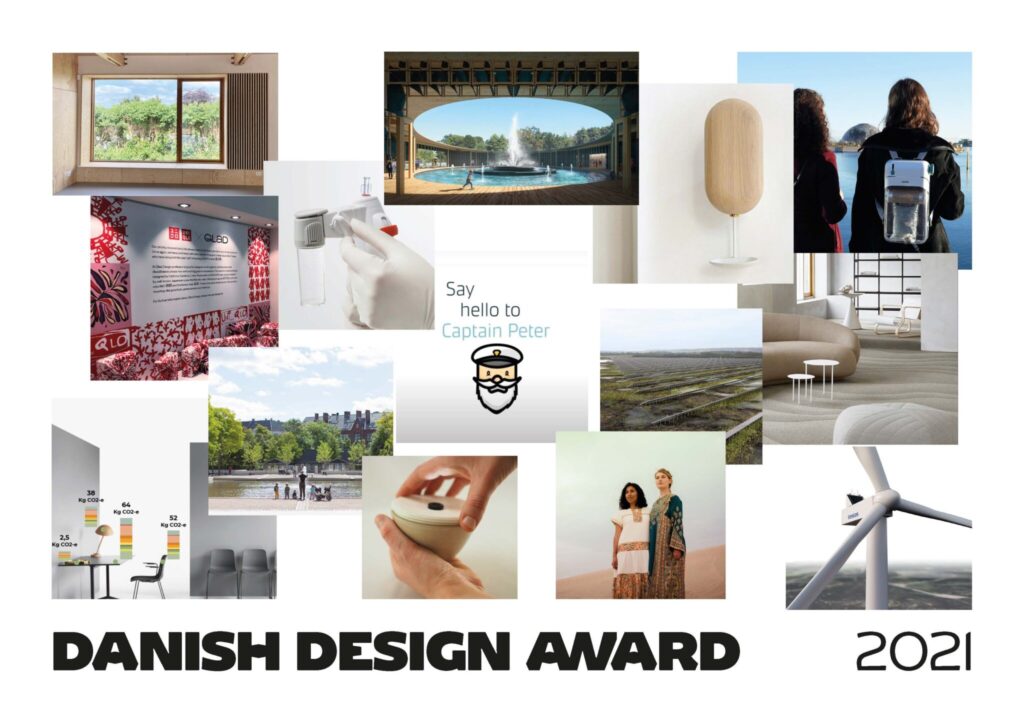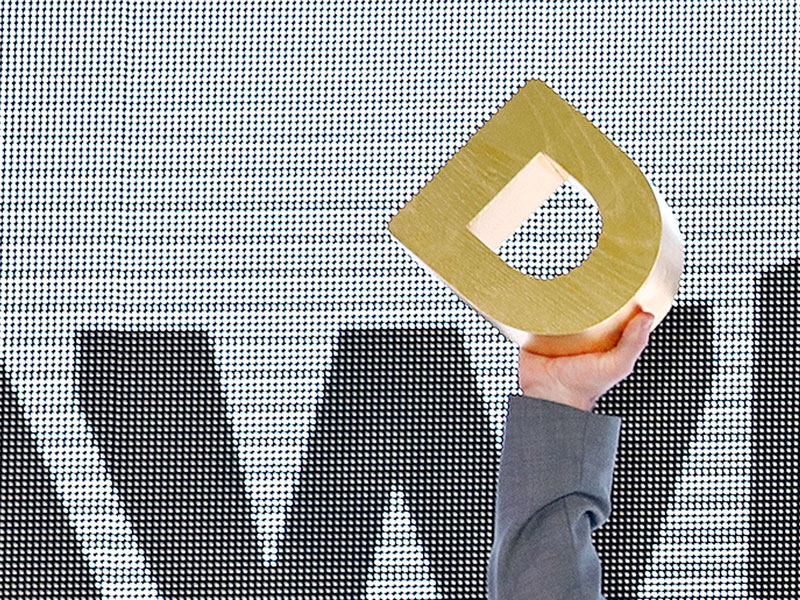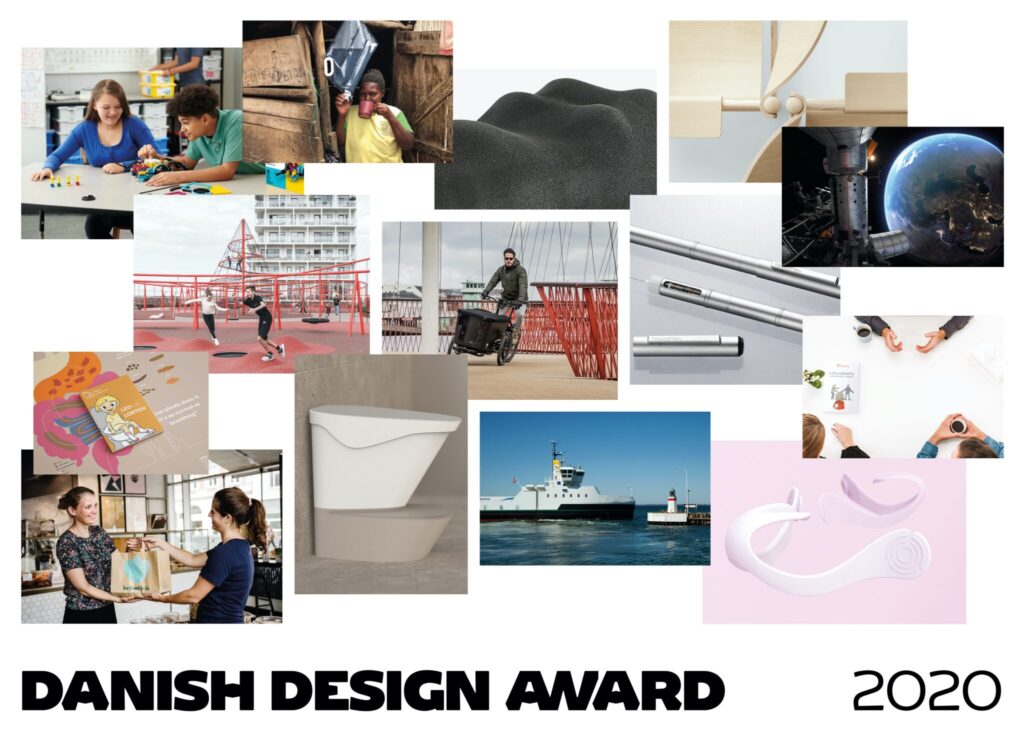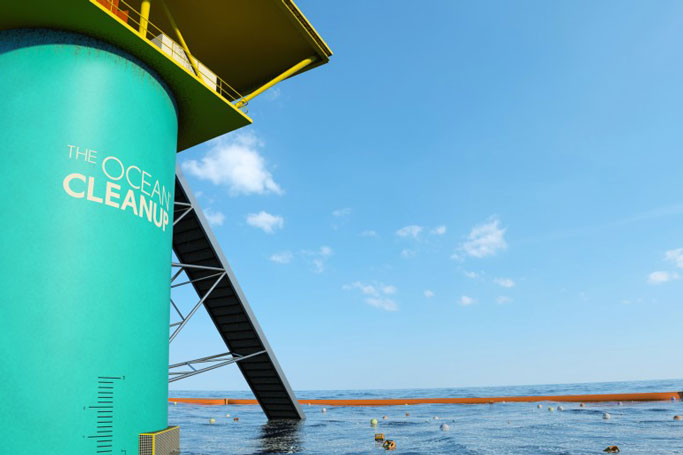
The categories of the Danish Design Award bring the value and effect of design forward. Regardless of how and through what media a design solution is expressed, the award celebrates design’s ability to make a difference in our society. Get an overview of the 15 categories here, illustrated by examples from Denmark and abroad.
The concept of design is undergoing rapid and constant change and expands as the use of design spreads to new areas. Contemporary design spans the full range from classic product design over process design to business strategies and leadership philosophy. The Danish Design Award aims to embrace and reflect the many aspects of design and the design concept, which are as relevant as ever in relation to innovation, growth and the public good.
The Danish Design Award is unique in its focus on the value and impact of design, which is reflected in the range of categories spanning from design solutions that have created jobs or saved money over health solutions and resource sharing to visionary concepts with potential to inspire and pave the way for others.
The Danish Design Award presents eleven new award categories and four special awards, which, unlike previous Danish design awards, are defined not by their form and medium but instead reflect the focus on value creation in a broad sense and thus on the criteria underlying the assessment of the submitted entries.
We continue to celebrate classic industrial and graphic designs. The new approach simply means that regardless of how the design solution is manifest and in which medium, the focus of the Danish Design Award is on the value and impact generated by the solution.
You can see the eleven award categories and four special awards below alongside examples of solutions from Denmark and abroad. Obviously, the examples are not exhaustive but only serve to illustrate the category.
All the categories are relevant to both the public and the private sector.
BUSINESS
1. Employment Growth
– a design award for solutions that create jobs in Denmark
The purpose of this award is to demonstrate that design can create employment. By creating products and services that people actually want and find relevant, design can contribute significantly to a nation’s economy and create new jobs.
The design mindset can also create new companies and industries, again contributing to the overall economy and the creation of new jobs.
This award is given for an excellent business concept that demonstrates how the integration of design thinking can lead to outstanding national and/or international success and employment growth.

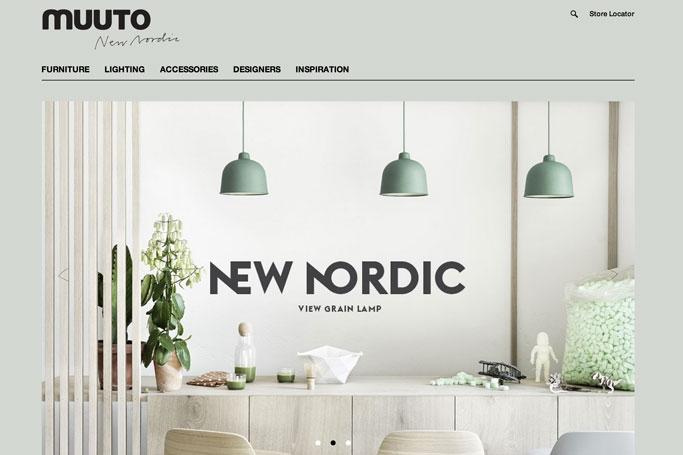
2. Message Received
– a design award for solutions that deliver a message powerfully, simply and beautifully
The purpose of this award is to show that design can be a strong communicator.
The award illustrates the ability of design to communicate and engage according to the needs, wishes, behaviour, values and social context of the audience.
The Message Received Award can be given to any great communications design, regardless of platform, medium or scale.
Any concept, which delivers a design, that communicates in an engaging and precise way with maximum impact and a minimum of redundancy can be taken into consideration.

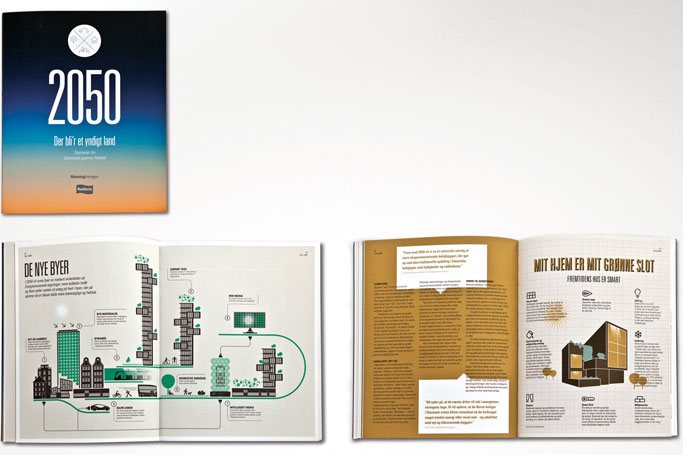
3. Save Money
– a design award for solutions that reduce cost
The purpose of this award is to show that effective design can reduce the costs associated with a product or service, without needing to compromise on quality. This category is relevant in both the private and public sector.
Design can improve the bottom line by saving money. The cost reduction may occur through re-design, a better use of materials, simplified assembly, changes in processes, better logistics etc. Alternatively, the design proposal may be based on a completely new concept that achieves the same or an improved outcome for a lower cost.


4. Share Resources
– a design award for solutions that enable resources to be shared efficiently between many
The purpose of this award is to show that design can enable us to use resources in a better way. The award is given to a concept that builds on the collaborative economy – making it possible for us to share, borrow or rent what we need.
The winning concept makes it possible for users, citizens or companies to coordinate resources. This may be in the form of empty car seats, available work tools or other resources. The concept may match up amateur and professional users, enabling us to make better use of our things, space and knowledge.

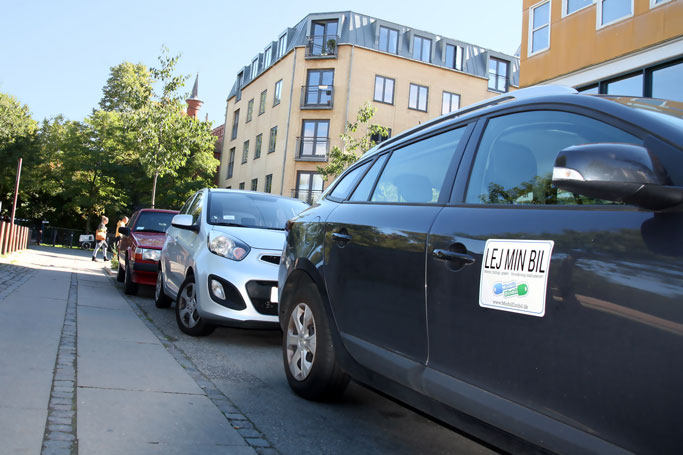
INDIVIDUAL
5. Better Work
– a design award for solutions that positively affect our working life
The purpose of this award is to show how design can contribute to thorough, innovative and effective solutions to workplace challenges.
‘Better Work’ ranges from improved workflows and better services through user-friendly, ergonomic and effective tools to products that solve problems in connection with strenuous physical work or stressful work environments. The award could also go to a concept that enables collaborative work at a distance.
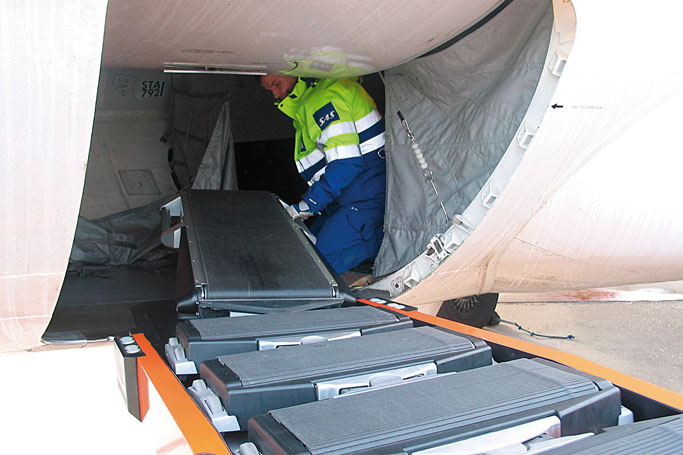
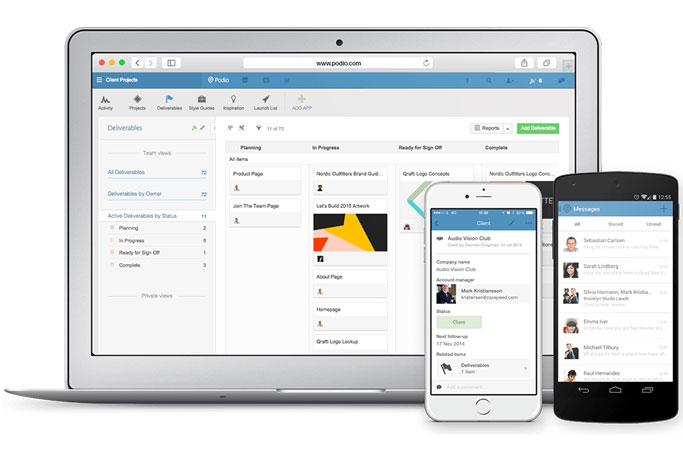
6. Daily Life
– a design award for solutions that improve everyday life
The purpose of this award is to show that design can significantly improve quality of life for the individual person or for the family as a whole, whether at home or on the go.
In a broad range of contexts from materials, objects and transportation to space and lighting, a better ‘Daily Life’ can be achieved through designs that improve the practical, social, aesthetic or tactile side of everyday living.


7. Feel Good
– a design award for solutions that make an emotional or sensual connection with people in a surprising way that simply makes you “feel good”!
This award celebrates the power of design to delight our intellect, heart and senses. It is given to that brilliant idea, design, product, tool or movement that moves the heart and mind by virtue of its relevance, meaning, simplicity or inspiration.
The winning concept is functional, easy to use, human-centred, delightful and natural while also making a difference and generating new business.
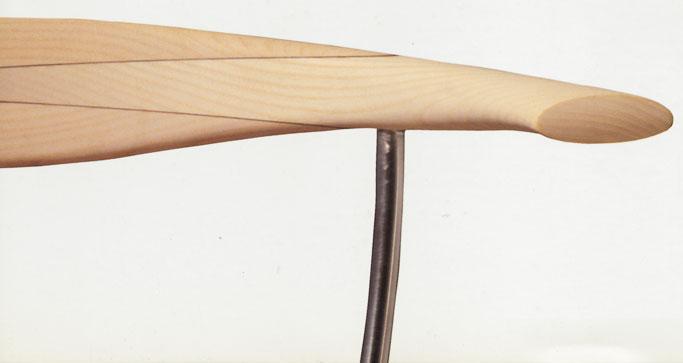

SOCIETY
8. Better Learning
– a design award for solutions that lead to new ways of learning and educating
The award is given to a solution or a project that creates better learning environments. The winning concept demonstrates how design can be used as a tool for the development of new means of learning and collaboration.
This category aims to show how design can support education by creating motivating environments that inspire and engage learners and educators. This can be achieved, for example, through new technology, the creation of new interiors or furniture or the rethinking of educational environments whether as part of an educational institution or outside the organised educational framework.
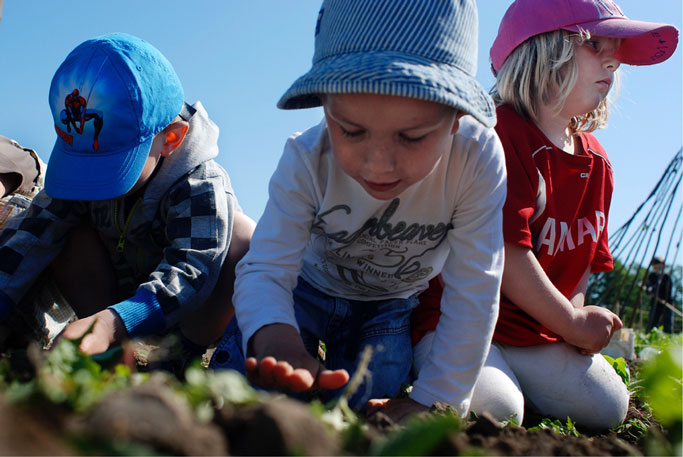
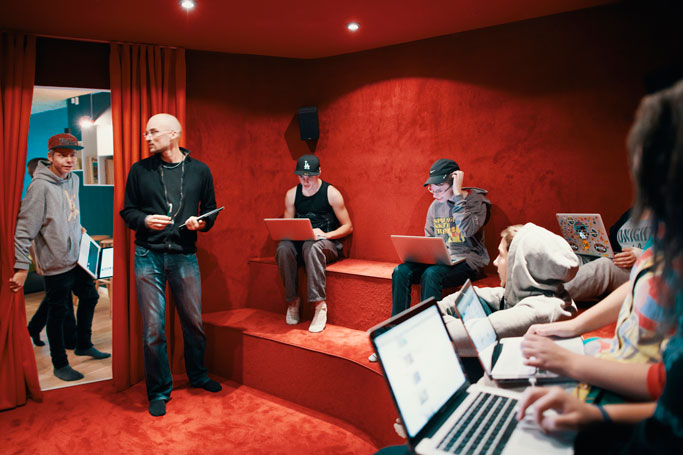
9. Clean World
– a design award for solutions that respect or clean the natural environment
This award demonstrates the potential for design to incorporate sustainability into any given solution. The award can also be given to effective concepts specifically intended to clean or protect the natural environment.
Entries may range from micro to macro-scale.
Design may very well hold the key to solving some of the most urgent environmental challenges we face. The Clean World Award should reflect this potential.


10. Healthy Life
– a design award for solutions that enable a healthy body or mind for many
The purpose of this award is to demonstrate the potential of design to create solutions that improve people’s mental or physical health.
Design can affect human health in a positive way, for example through smart technology, new intelligent design, rethinking production and workflows and introducing new materials or interiors.
The category is relevant within a wide range of contexts both within and outside healthcare institutions.


11. Outstanding Service
– a design award for solutions that improve or redefine a service
This award illustrates that design can be an effective tool for rethinking or improving an existing service or introducing an entirely new service.
The concept results in a service that is more user-friendly, competitive and relevant to the customers or users. The design of the service may result in better infrastructure or communication or more efficient interaction between people.


SPECIAL AWARDS
Icon Award
– a design award for an outstanding concept or solution that has become an icon internationally
This award is given to a concept, product or piece of work that has become an icon of Danish design. The work or concept should be unique, well known and admired internationally and be an excellent representative of the Danish design tradition. The work is monumental and is itself part of the Danish brand.
The award can also be given to a person whose collective work or lifetime achievements have become iconic.
The candidates for this award are nominated and selected by the jury, but everyone is welcome to recommend candidates for the award.

People’s Choice
– a design award for solutions that are selected by the general public
The purpose of this award is to generate interest in the broader understanding of design amongst the general public.
Members of the general public in Denmark can vote online for any of the nominated entries.
Visionary Concepts
– a design award for solutions that are out of reach but within sight
The Vision Award is given to a design solution or an innovative and visionary concept that points to radical new possibilities within a business, social or cultural context.
The candidates for this award are nominated and selected by the jury, but everyone is welcome to recommend candidates for the award.


Young Talent
– a design award for an outstanding talent aged 30 years or younger
The purpose of the Young Talent Award is to create awareness of and encourage talent potential in Denmark in design-related areas.
The Young Talent Award is given to an outstanding young designer or entrepreneur who exemplifies the Nordic design tradition combining courage with the ability to create renewal.
The candidates for this award are nominated by the design schools, but everyone is welcome to recommend candidates for the award.
